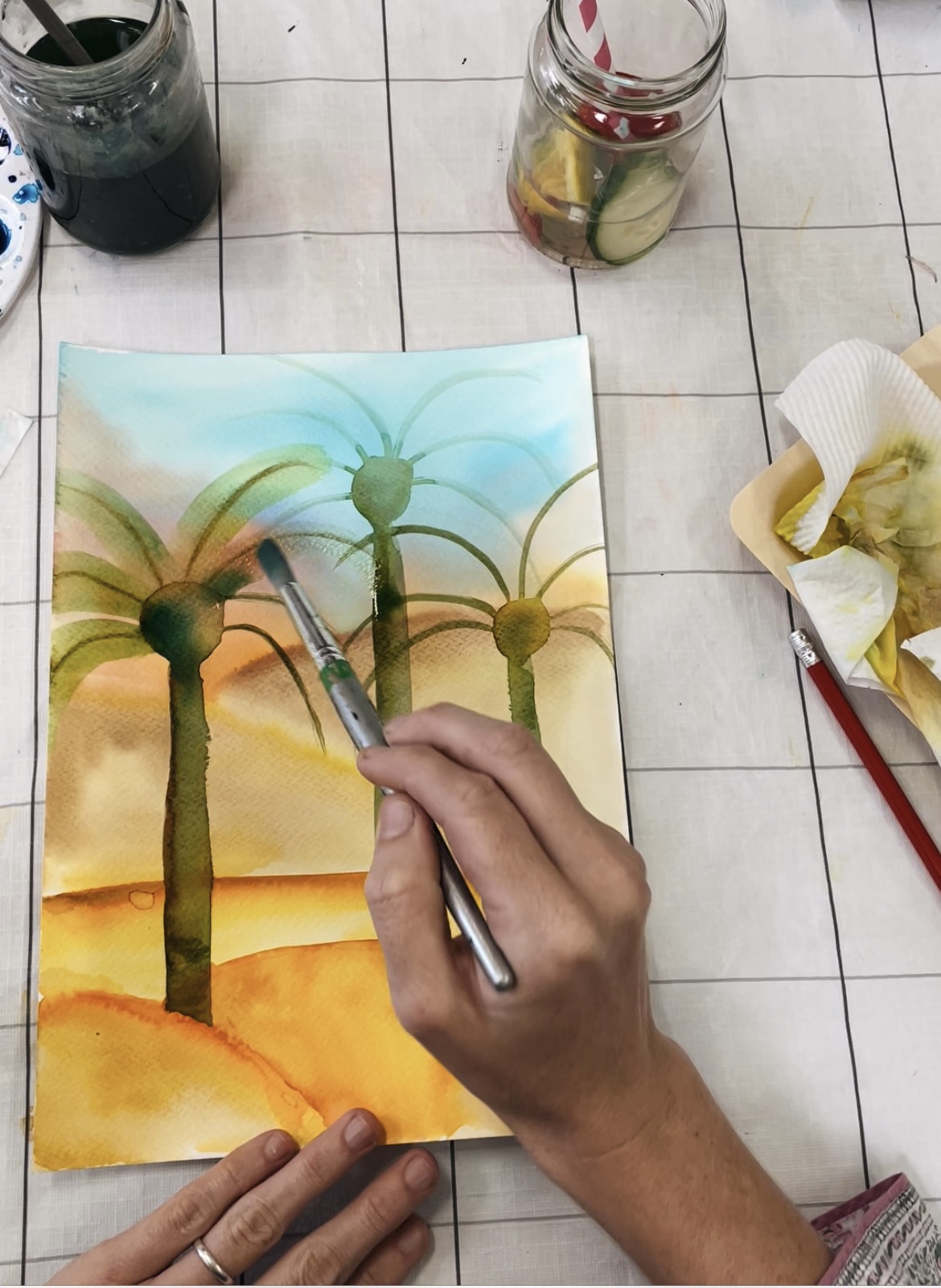As an artist, there’s nothing quite like the thrill of dipping your brush into a vibrant pool of watercolour paint and watching it come to life on paper. But, with the delicate balance of water and pigment, it’s easy to get it wrong.
Too much water and your painting can become muddy and lacklustre; too little and it can be dry and brittle. And don’t even get me started on the importance of planning ahead – a well-thought-out sketch can make all the difference between a beautiful piece of art and a confusing mess. In this post, I’ll share my top 3 tips for mastering the art of watercolour painting, along with three essential techniques to help you take your skills to the next level.
Tip #1: Start Very Lightly
When it comes to watercolour painting, it’s essential to start with light layers. Mix enough water into your paint to build up the layers needed to create the desired colour. Remember, watercolour has no white pigment, so it’s crucial to start with light tones and gradually build up to darker shades.

Tip #2: Create Detailed Sketches
Before diving into painting, take the time to create detailed sketches of your subject. Mark the lights and darks of your object on paper beforehand to avoid trying to figure out the light and dark values while painting. This will help you stay focused and avoid mistakes.
Tip #3: Let the Layers Dry
Patience is key when it comes to watercolour painting! Allow each layer of paint to dry before applying a new one to achieve the brightest and most vivid colours possible. When paint is applied on top of a wet layer, it can bleed into the previous layer, creating an unwanted effect.
Now let’s explore three essential techniques to take your watercolour painting skills to the next level.
Wet-on-Wet: This technique involves applying wet paint onto a wet paper surface, creating a soft, blurry effect. Use this technique for backgrounds or objects with a diffused edge.
Dry Brush: Use a dry brush to apply paint onto dry paper, creating a rough, textured effect. This technique is perfect for adding texture or defining edges.
Glazing: Layer thin, transparent washes of paint on top of each other to create depth and luminosity. This technique requires patience and precision but can produce stunning results.
The Time to Unleash Your Inner Artist is Now
Remember, watercolour painting is all about experimentation and having fun! Don’t be afraid to try new techniques and colours to find your unique style.
So, which technique will you try first? Share your thoughts in the comments below!

Leave A Comment
You must be logged in to post a comment.